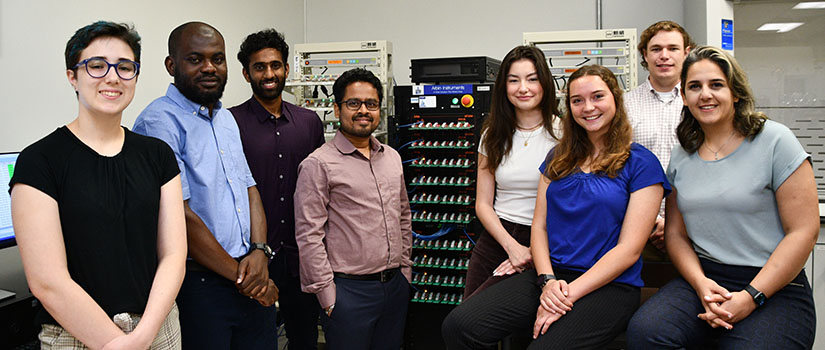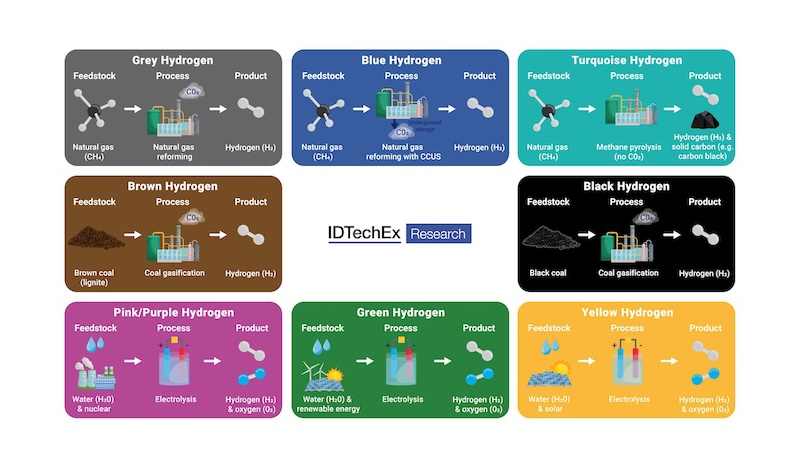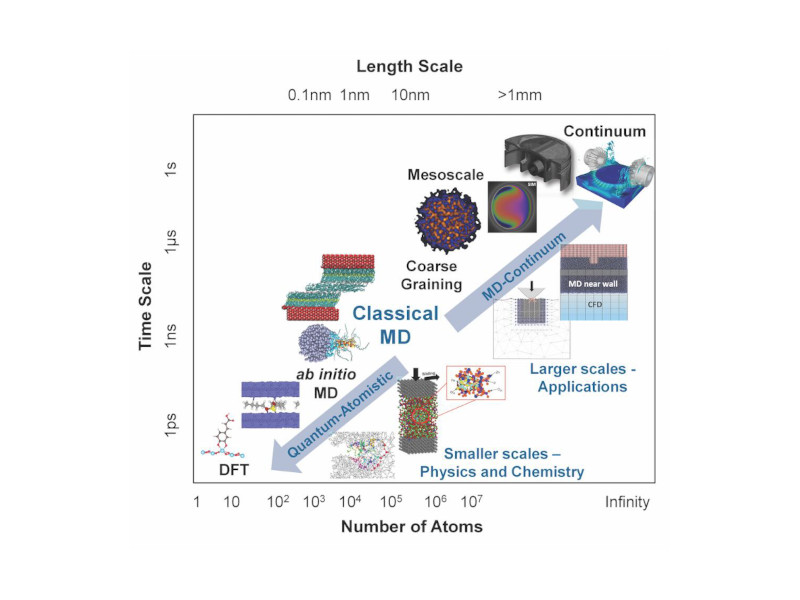UK expert offers 10 tips to ensure project success
Dr. Dimitris Antoniadis, the head of the program management office at electricity distribution company UK Power Networks, has developed 10 key tips to help project managers achieve the most effective execution of those projects.
Antoniadis said it all begins with an overlooked project component—the human element.
“What fascinates me is the changing environment for each project—no two are ever the same,” he said. “And I have discovered that all too often the human aspect – how people behave and how they need to be treated – is often left out of managing a project. It’s not all about money and deadlines. Often a project will go wrong because the managers don’t take people into account.”
Dr Antoniadis’ crucial points for project managers
- Health and safety is of paramount importance and there should be a dynamic approach throughout the project life-cycle.
- Establish the project delivery strategy and governance by providing the project team with guidance by issuing a project execution plan – describe the ‘Why’, ‘What’, ‘Who’, ‘How and ‘When’
- Manage stakeholders by establishing who they are, including their interests, influencers and how the team will engage and communicate with them.
- Design the project organization. Consider all aspects of the project team, organize the resources, ensure the team(s) have the appropriate capabilities, competencies and skills, focus on the team to strive for the best and motivate them to perform
- Enable appropriate level of project control. Make sure that the project structures are set up. Manage the project variables (time and cost) using logically linked and cost loaded programs and report on performance. Ensure that appropriate level(s) of commercial planning and control is established and followed.
- Manage the change. Ensure that throughout the project life-cycle appropriate levels of review, challenge and approval of change are carried out. Always monitor, record and report against the baseline.
- Manage risk and opportunities. Assess and effectively manage circumstances that might affect, adversely or beneficially, the project objectives.
- Enable the teams to procure and manage the design, delivery/implementation, commissioning and handover of the project. Provide the appropriate support with the necessary processes, systems, facilities and products always managing the interconnections and learning.
- Establish appropriate quality management processes, ensuring that what is designed is fit for purpose and to specification.
- Identify, assess and manage factors that affect the environment and any social and economic impacts. Implement appropriate levels of sustainability management.



